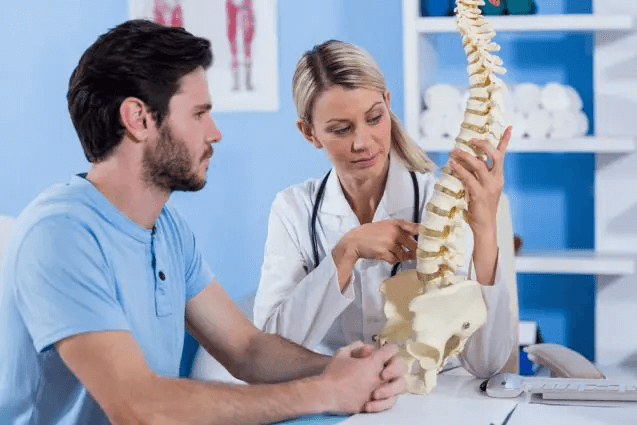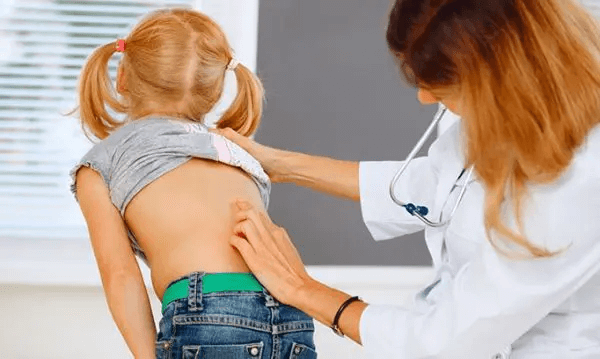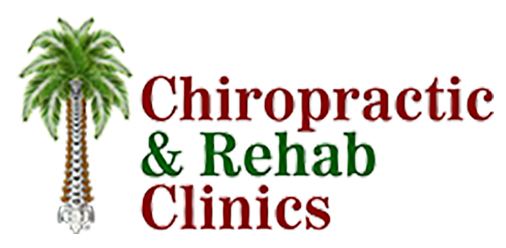Scoliosis
Scoliosis is a progressive, abnormal lateral curvature of the spine. The spine should have natural curves when viewed from the side, however when viewed from the front, it should be straight. Scoliosis is often defined as a spinal curvature in the frontal plane, wherein the degree of curvature is more than 10 degrees with the rotation of the vertebrae.
The most common type of scoliosis is “adolescent idiopathic scoliosis”, meaning “of unknown origin”. Studies on scoliosis suggests that there may be a genetic factor which affects the control of the growth of the spine.
Scoliosis can affect both children and adults. For young children it is a very serious condition as it can rapidly progress as they grow older.


Scoliosis can initially be detected in children between the ages of 11 and 15. However, it can also occur at a younger age which is known as Juvenile Scoliosis (3 to 10 years of age), as well as in infants which is known as Infantile Scoliosis. Scoliosis can also occur in adults with no previous history, this due to spinal degeneration and advancing age which is known as De Novo Scoliosis.
The symptoms of scoliosis include: poor posture, shoulder humping, muscle weakness, and pain and in more advanced cases, scoliosis can lead to heart and lung problems.
Can scoliosis be detected and treated early? Yes, patients can avoid these symptoms in many cases if addressed and treated early. If left untreated, scoliosis will only worsen and will sometimes require surgery, and in such surgical cases, spinal fusion and insertion of metal rods will be used to try and straighten the spine.
If the scoliosis is detected early and the correct approach and treatment is quickly administered, such as regular check-ups and bracing. These are effective measures and treatment for halting the progression of scoliosis curves and greatly reducing the need for surgery.
In affected adults, pain and poor posture are the most common symptoms and complaints. In most cases ongoing progression and spinal degeneration is the usual culprit. Many traditional treatments for the pain associated with adult scoliosis do not help, but fortunately new treatments such as adult scoliosis braces and scoliosis specific exercise rehabilitation offers these patients new hope.
Have You Had Your
Spine Checked?
As a courtesy for visiting this page, get 20% off your chiropractic initial evaluation – when you book online: inclusive of doctor’s consultation, spinal examination, x-ray interpretation, creation of a specific health program based on your condition and may include a spinal adjustment.
